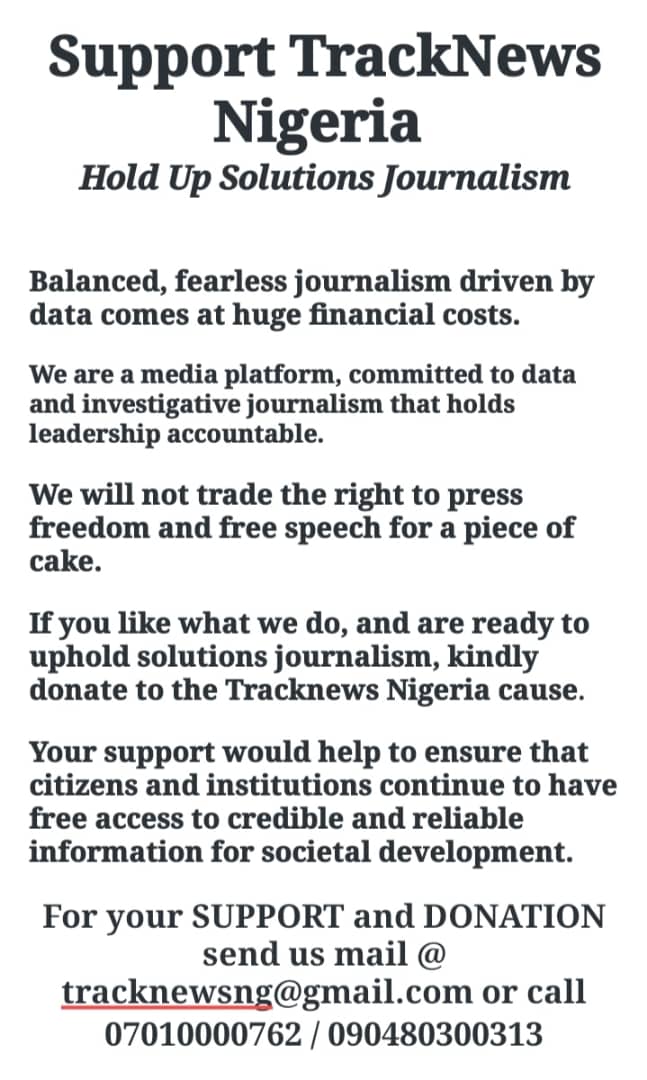News
Manufacturers and others lament the inadequate power supply as the Lagos and Ogun businesses are affected by the gas shortage

Ibekimi Oriamaja Reports
The operations of manufacturing companies and other businesses in the states of Lagos and Ogun are currently in jeopardy since they are unable to generate energy to fuel their daily operations due to the insufficient supply of gas from marketers.
Nigeria now has a 201,000 MW electricity shortage as power generation fluctuates between 3,500 MW and just over 5,000 MW.
According to a recent assessment, the nation requires 206,000 MW of power to offer electricity on par with Qatar and other countries.
Manufacturers and other large enterprises and organizations depend on gas to create the power they need to run their operations due to the constant supply of energy provided by distribution and generation firms.
Gas is more affordable for power generation than diesel, costing between N118 and N170 per standard cubic metre, which is equivalent to a litre of diesel now being sold for N780.
Although businesses near the main gas pipes get gas for N118 per standard cubic metre, those not connected to the pipelines pay N170 per standard cubic metre.
According to an investigation, the Escravos Lagos Pipeline’s (ELPs) ability to distribute gas to companies and organizations has substantially decreased recently.
These businesses’ operations are in danger as a result of this development, which also threatens many jobs.
A few marketers who made significant investments in gas pipelines and other infrastructure are reportedly estimating their losses as a result of the lack of gas available to feed the pipelines.
The West African Gas Pipeline (WAGP), which transports Nigerian gas to Benin, Togo, and Ghana, is fed by the 36-inch ELPs, which start at Chevron’s Escravos gas plant in Delta State.
The pipeline, which is run by the NNPC Limited subsidiary Nigerian Gas Company (NGC), travels through Sapele, Benin City, Akure, Ife, Ibadan, and Lagos.
Gas is sold by the Nigerian Gas Marketing Company (NGMC), a division of NGC, to distributors who then sell it to companies in the states of Lagos and Ogun.
It was learned that some of the marketers include the Shell subsidiary Shell Nigerian Gas, Axxela Limited, Green Fuels Limited, and Powergas Limited, among others.
According to information obtained by THISDAY, the Redeemed Christian Church of God (RCCG), large corporations, manufacturing enterprises, and other large organizations in the states of Lagos and Ogun depend on these suppliers for the gas they need to run their operations.
However, there has recently been a severe lack of gas from marketers for these companies and organizations along this axis.
Some marketers have attributed the gas shortage to the NGC’s supply reduction.
For instance, an examination found that only two of the previous 15 days’ worth of full supply for these enterprises.
As a result of this situation, certain food manufacturers and producers in the two states have vowed to cut back on staff or shut down completely unless the gas supply is improved.
If carried out, this threat would have devastating effects on the economy.
In order to stimulate more investments in gas infrastructure and increased reliance on gas use, the federal government designated the years 2021–2030 as the “Decade of Gas.”
According to a report, Nigeria has a 201,000MW electricity deficit.
Nigeria now has a 201,000 MW electrical supply imbalance, according to a recent assessment, with its overall power generation fluctuating between 3,500MW and little over 5,000MW.
In its August issue, the Nigerian Guild of Editors Roundtable on Data-based Subnational Reporting observed that, based on the Sustainable Development Standard of 1,000 MW per million people, Nigeria’s 206 million population would require 206,000 MW of power.
The country’s unpredictable power has developed into a serious issue for residents and businesses, resulting in yearly economic losses estimated at $26.2 billion (N10.1 trillion), or almost 5% of the country’s Gross Domestic Product (GDP).
At least seven failures of Nigeria’s brittle national electrical system have occurred this year; the major causes include failing infrastructure, insufficient investment, misalignment, and liquidity problems.
The report’s editor, Rotimi Sankore, drew comparisons between Nigeria and a few other nations, noting that although Nigeria’s greatest record ever was 5,616 MW, Qatar, which has a population of 2.9 million, had 10,000 MW.
Additionally, he said that Nigeria produces and supplies much less energy than Singapore, which has a population of 5.8 million people and currently produces 12,582MW.
However, the federal government had pledged that the Siemens transaction will initially add 7,000MW of power before increasing to 11,000W and then 25,000MW by 2025.
With 33% unemployment, 22% adolescent unemployment, 42% adult unemployment, and 100 million Nigerians drowning in multidimensional poverty, according to Sankore’s analysis of other development indices, the data wasn’t promising for the nation.
Six million kids, according to Sankore, do not finish elementary and secondary education, and there are already 13 million unenrolled students.
He contends that superficial political measures cannot address Nigeria’s underdevelopment.
“No army has ever defeated under-development, and there is no military answer to it either. Subnational reporting will increase accountability, while Subnational governance is essential for stability.
Citing Katsina as an example, he revealed that the state had the lowest age for females to begin having sexual relations at 15.3 years, the greatest rate of forced marriage (70.9%), and the highest birth rate per woman (7.3%).
He claims that in addition to having the most out-of-school children (996,000), the state also has the highest rate of polygamy per man (rate of 50% exacerbated by 7.32 per man).
He claimed that Nigeria’s biggest threat is underdevelopment.
He said that while the populations of Nigeria and France were equal in 1960 at 45 million each, Nigeria’s population increased by 161 million between 1960 and 2000 while France’s population only increased by 20 million.
He said that investments in health, power, and education had not kept pace with population growth.
He predicted that Nigeria’s population would increase from its current estimated 216 million this year to 401 million by the year 2050.
-

 Politics3 days ago
Politics3 days ago$35M Atlantic Refinery Project: Sunny Goli Commend Tinubu, EFCC over Diligent Prosecution
-

 Politics3 days ago
Politics3 days agoAlleged N101.4 Billion Fraud: Court Orders Service of Hearing Notice on Yahaya Bello
-

 Politics3 days ago
Politics3 days agoConfusion As Court Adjourns Appeals On Rivers State Political Crisis, Orders PDP To Clarify Legal Representation
-

 Politics3 days ago
Politics3 days agoEdo State Govt Bans Activities Of Drivers On Wheels And Road Transport Employees Association Of Nigeria (RTEAN).
-

 News2 days ago
News2 days agoKAI demolishes 138 Shanties, dislodges 169 illegal residents in Lagos
-

 Niger Delta6 days ago
Niger Delta6 days agoPAP Has Been Beneficial But Budget Increment Is Long Overdue—Ex- Agitator
-

 Politics5 days ago
Politics5 days agoAppeal Court President Sets Up Special Panel to Address Rivers State Political Crisis
-

 News2 days ago
News2 days agoPolice Cracks Down Criminal Syndicates, Apprehend 82 suspects in Kano




